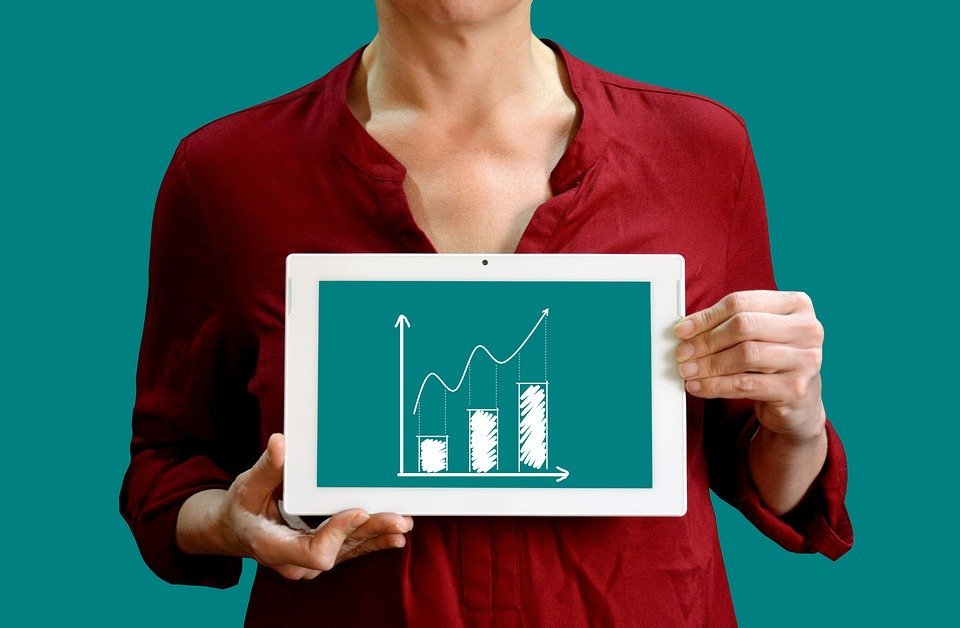In the quickly developing scene of computerized showcasing, programmatic marketing has become a strong and productive way for brands to reach their interest group. However, for some advertisers and entrepreneurs, the universe of programmatic marketing remains covered in secret. In this article, we mean to demystify Programmatic advertising, stalling its critical parts and revealing insight into how it functions.

What is Programmatic Advertising?
At its center, programmatic advertising is a mechanized course of trading advanced marketing space progressively. Dissimilar to customary advertising strategies that include manual discussions and human mediation, programmatic marketing depends on calculations and innovation to settle on information-driven choices in split seconds.
Critical Parts of Programmatic Advertising
- Demand-Side Platform (DSP)
DSPs are the apparatuses that sponsors use to buy computerized promotion space. These platforms permit promoters to set boundaries for their missions, like interest group, financial plan, and advertising objectives. DSPs use calculations to offer promotion stock that matches these standards naturally.
- Supply-Side Platform (SSP)
On the opposite side of the exchange, distributors use SSPs to oversee and sell their accessible promotion stock. SSPs give a stage to distributors to list their accessible space, and sponsors bid on it through DSPs. The whole cycle occurs progressively, guaranteeing proficient usage of promotion space.
- Ad Exchange
Promotion trades go about as the commercial center where the trading of promotion stock happens. They work with the bartering based framework, where sponsors bid for accessible impressions. Promotion trades interface DSPs with SSPs and guarantee a consistent progression of data and exchanges.

- Data Management Platform (DMP)
Information is at the core of programmatic advertising. DMPs gather, break down, and influence tremendous measures of client information to assist promoters with settling on informed choices. By understanding their interest group’s inclinations and ways of behaving, sponsors can make more customized and robust missions.
Ongoing Offering (RTB) and Programmatic Direct
- Real-Time Bidding (RTB)
RTB is a vital component of programmatic advertising, progressively permitting promoters to offer individual impressions. The sale happens in milliseconds, and the most noteworthy bidder’s promotion is shown to the designated client. This dynamic and momentary cycle improves promotion conveyance and guarantees that publicists follow through on a fair market cost for impressions.
- Programmatic Direct
Rather than RTB, programmatic direct includes an immediate arrangement between the promoter and the distributor. This technique is more customary, looking like the manual promotion purchasing process, yet it profits from the mechanization and effectiveness of programmatic innovation. Programmatic advertising is frequently liked for premium promotion positions or when a reliable number of impressions is wanted.

Benefits and Challenges
- Benefits
- Effectiveness: Programmatic marketing smooths out the advertisement purchasing process, saving time and assets.
- Focusing on Accuracy: With admittance to tremendous measures of information, publicists can exactly focus on their ideal crowd.
- Continuous Advancement: Publicists can change their missions progressively founded on execution information, upgrading viability.
- Challenges
- Promotion Extortion: The mechanized idea of programmatic advertising makes way for expected misrepresentation, for example, bots creating counterfeit impressions.
- Intricacy: The programmatic scene can be complicated for newbies, requiring an expectation to learn and adapt to explore successfully.




